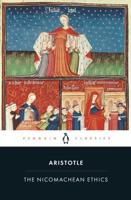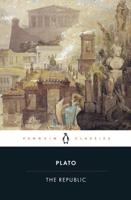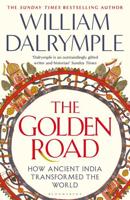Publisher's Synopsis
"The Bhagvad Gita occupies an intermediate position between scripture and theology; for it combines the poetical qualities of the first with the clear-cut methodical nature of the second... one of the clearest and most comprehensive summaries of the Perennial Philosophy ever to have been made. Hence its enduring value, not only for India but for all mankind." ― Aldous Huxley
The Bhagvad Gita (also called the Bhagavad Gita) forms a central part of the Mahabharata, the most popular epic of India. It is also part of the Bhishmaparva. The Mahabharata tells the story of the feud between the sons of Dhrutrashtra (Kauravas) and the sons of Pandu (Pandavas).
The Bhagvad Gita itself is a highly philosophical narrative between Krishna and Arjuna on duty, spiritual matters, and the nature of the divine. Arjuna, faced with his duty as a warrior to fight in the war between the Pandavas and Kauravas, is instructed by Krishna to fulfill his Kshatriya (warrior) duty and follow the Dharma. The Bhagvad Gita combines the concept of Dharma with other important teachings such as Sankhya, yoga, bhakti, and detachment from the fruits of action. This version of the Bhagvad Gita is a new translation, and is Raghupati Bhatt's tenth book.










